March 19th, 2015 By Air Force News Agency - defencetalk.com
When one door closes at the Warner Robins Air Logistics Complex regarding aviation modernization, that same door swings open for another opportunity.
In the 562nd Aircraft Maintenance Squadron, maintainers have completed a complex avionics and weather radar modernization package, referred to as BLOCK 16, with the final C-17 Globemaster set to fly home this month.
This steady program at Robins speaks to the highly-skilled maintainers who have worked on this particular upgrade package since 2007.
When the aircraft is returned to its crew at Wright-Patterson Air Force Base, Ohio, they will basically be getting a brand new transport aircraft, complete with state-of-the-art communications capabilities, navigation upgrades, and weather radar with new color palettes and improved display.
During the last several months, more than 3,000 wires were removed during the upgrade, with more than 7,000 new wires installed — a complex undertaking involving scores of video cables, data transmission cables, power lines, and the like.
“It will be sad to see them go because we’ve gotten so good at working on them,” said Eric Bickett, 562nd AMXS first-line supervisor. “Our maintainers have proven themselves, taking an aircraft that Boeing and the Air Force have sent us, and completely changing what it’s capable of. It truly looks factory (made) when we’re done with it.”
Working on the communications portion was perhaps the most time consuming, according to maintainers, as this involved removing old analog wiring and installing new digital control boxes, headset receptacles, etc.
Satellite communications capabilities through the addition of ports will also allow any of the military services who board the aircraft to set up their own equipment.
“The overall goal is to get all these C-17s to be one specific aircraft so any aircrew can jump from one to the other and everything will be exactly the same,” said Frank Kipa, 562 AMXS aircraft electrician.
“While these particular upgrades are now completed, we still have much work to do with maintenance. With the quality of work we do here, we look forward to any future mods coming our way,” he said.
As this was the last completed BLOCK 16 modification for WR-ALC in a fleet of more than 220 aircraft (several aircraft will be modified at a later date by Boeing’s San Antonio facility), work is ongoing to hit another milestone on BLOCK 17 upgrades, which installs combat lighting inside and outside the aircraft.
“Combat lighting gives the aircrew flexibility in how they illuminate the aircraft whether it’s inside or outside,” said Bickett. “For example, when troops are being medically treated inside, we’re able to provide capabilities that can block light from escaping to the outside. We can also illuminate the exterior using different covert lighting.”
“You can illuminate the flight deck, the cargo bay and outside completely different after this combat lighting upgrade. There’s a lot of flexibility, giving an aircrew plenty of options,” he said.
The final aircraft to receive this upgrade is scheduled to arrive in December, and will return to its customer a year from now in 2016.
The C-17, despite its size, is able to take off and land on short runways, and is constantly carrying out missions all over the world.
The Air Force received its final C-17 from production at Boeing in the fall of 2013, a move that had been expected for some time.
Robins not only maintains the C-17, which first flew in 1991, but is also responsible for sustainment of the aircraft through the C-17 System Program Office, which also plays a crucial role in the modification, maintenance and overall service of the entire fleet.
Bickett said he likes to ask what happens to aircraft once they leave Robins. He recalled looking online last August and recognized a photo of a C-17 that had passed through the complex.
The aircraft had conducted a humanitarian assistance operation to aid Iraqi citizens. At that time, thousands of Yazidis were attempting to escape the advance of Islamic State fighters and had become trapped on Mount Sinjar. An Air Force C-17 had been tasked to provide food and supplies.
“That’s what we do,” he said. “As much as these aircraft are flown with the different missions they do, the wear and tear, the hard landings — they hit the ground like it’s moving. We help keep these flying and in their current state.”


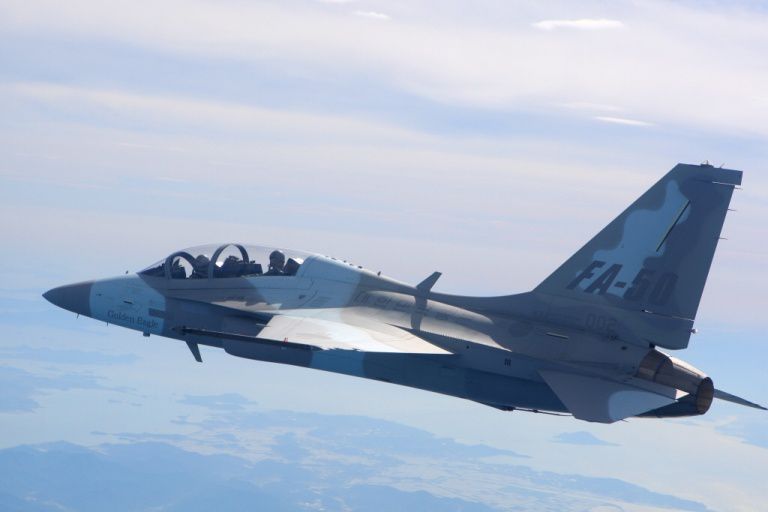



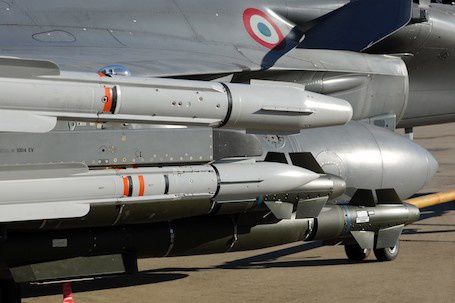

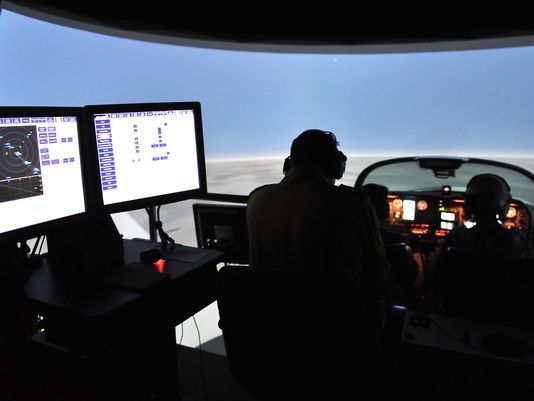
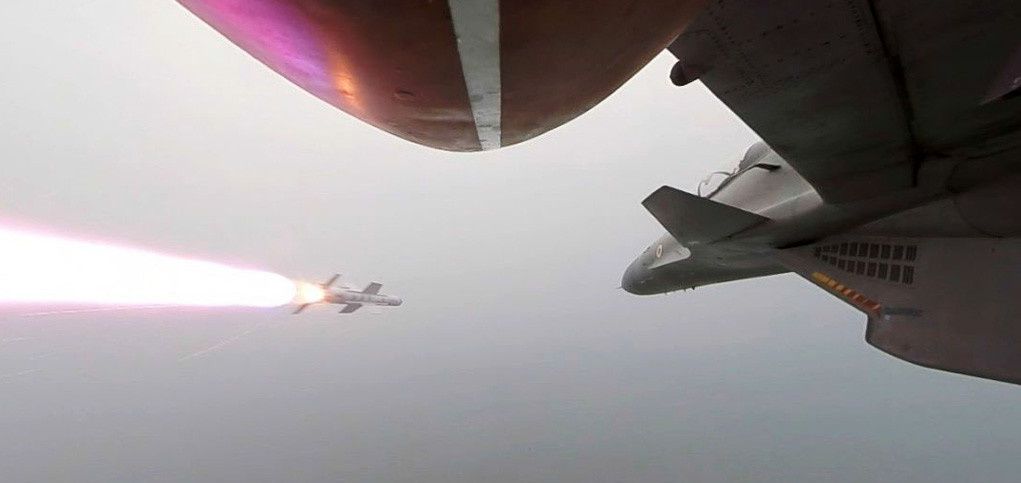
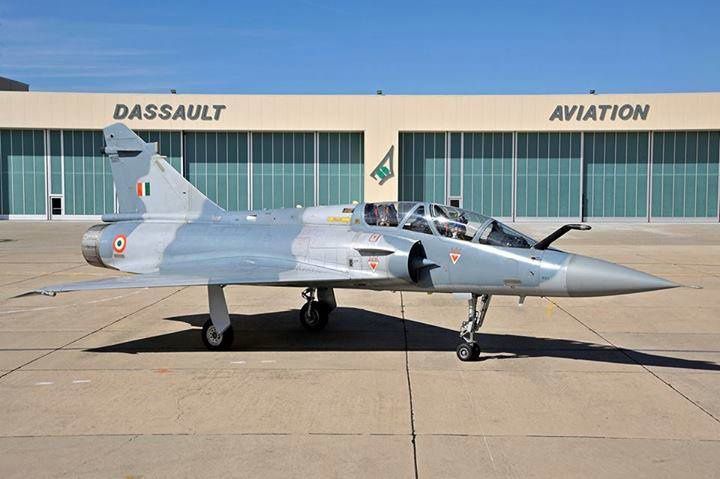
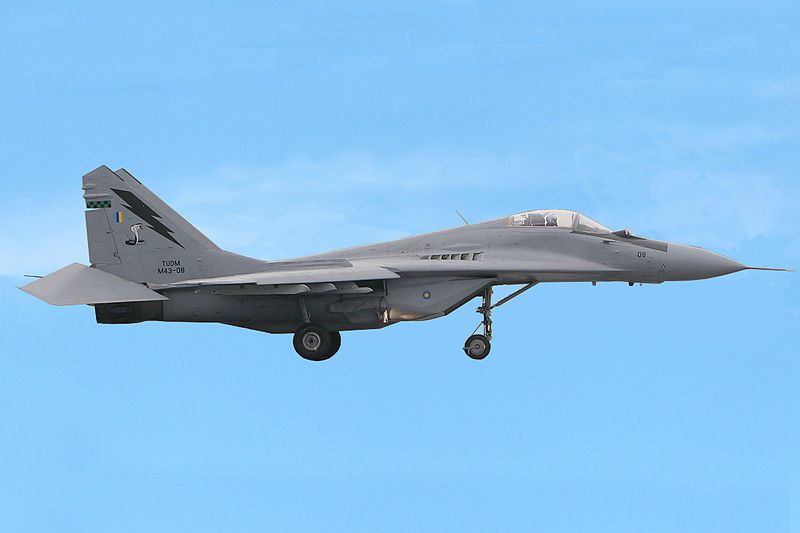






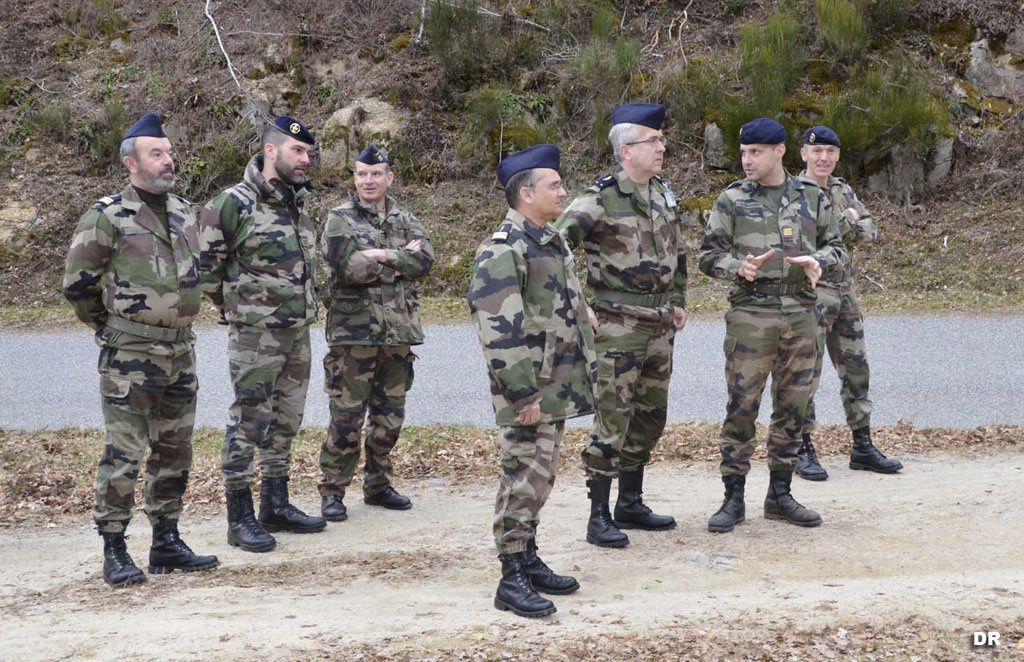
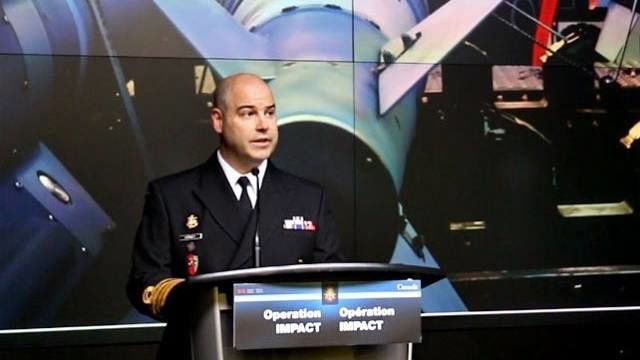








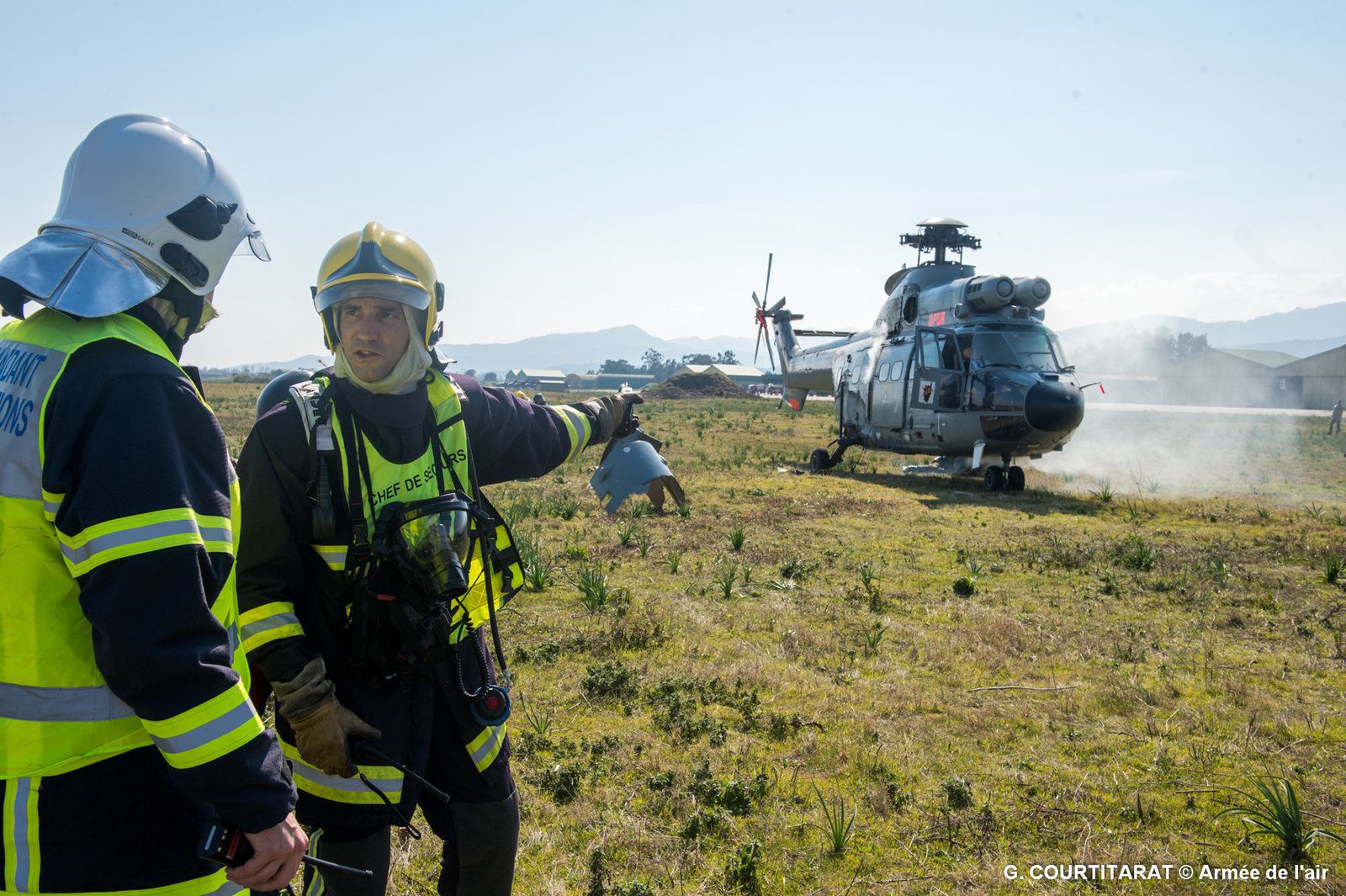
/image%2F0547456%2F20150319%2Fob_6e948d_activation-du-plan-orsec-novi.jpg)
/image%2F0547456%2F20150319%2Fob_79a775_mise-en-place-du-plan-de-secours-speci.jpg)




